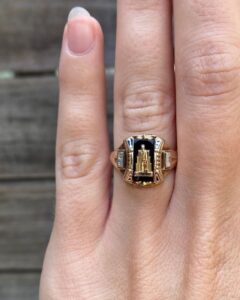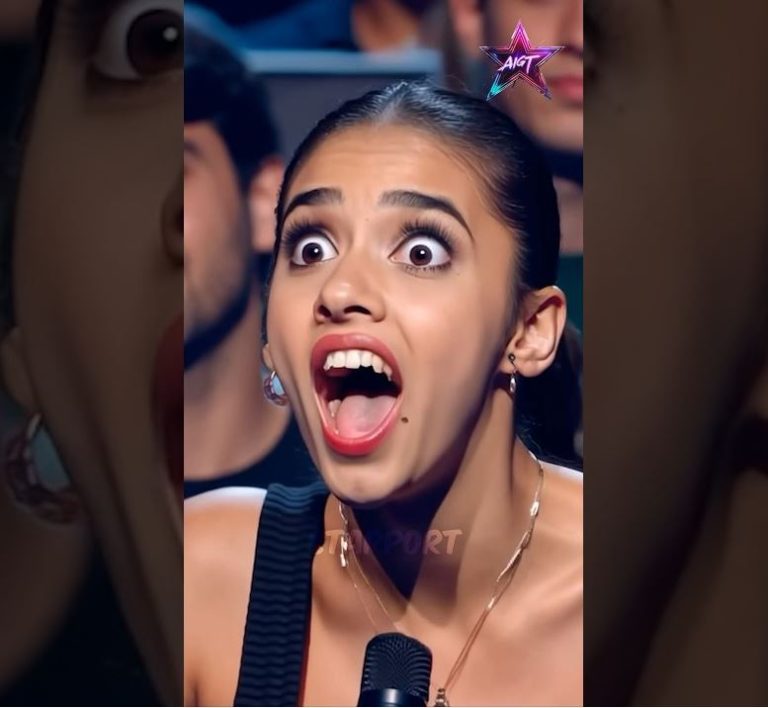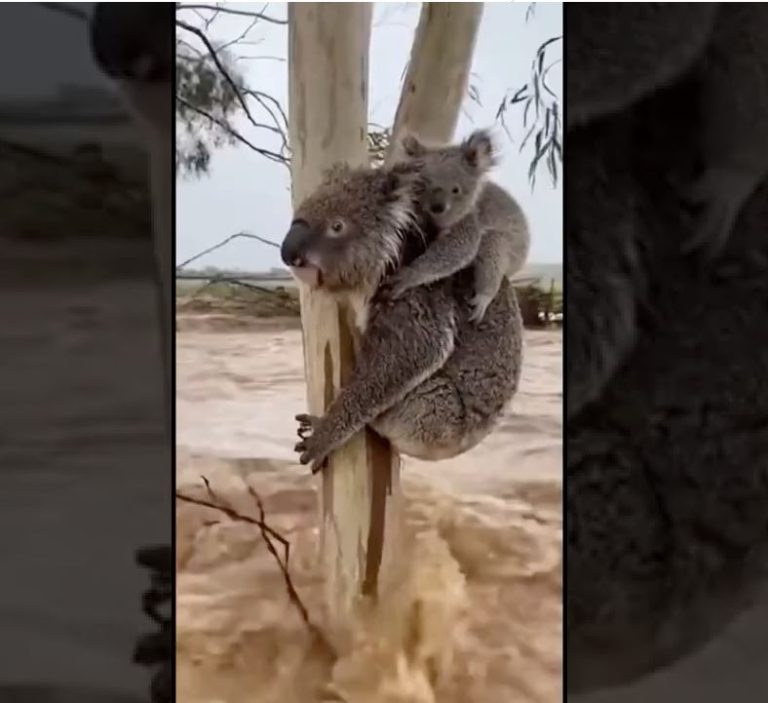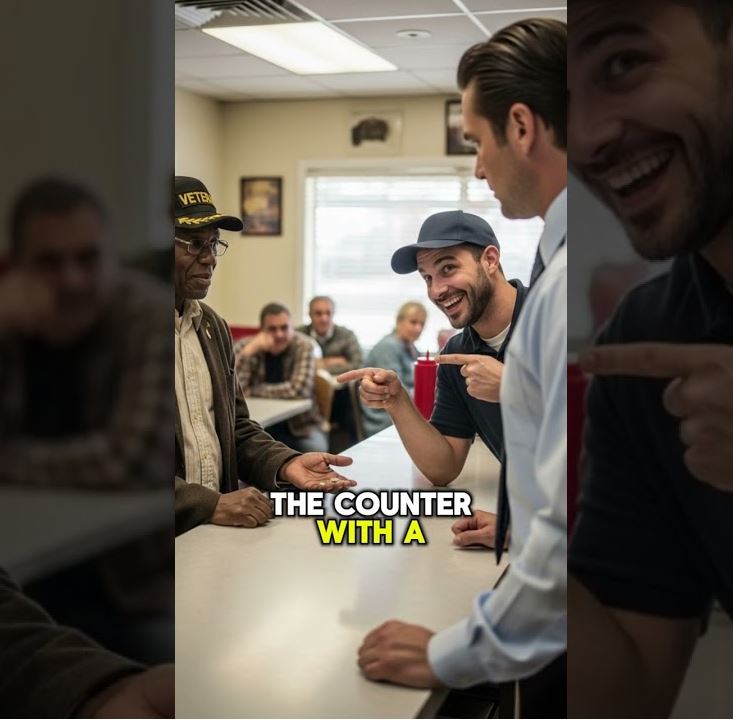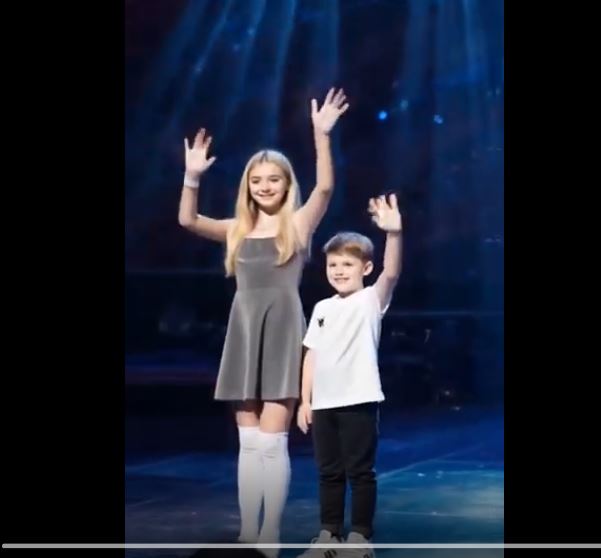When he got down on one knee, I expected the moment to feel magical. My heart was racing, my hands shaking. And then… he opened the box.
I stared at the ring, trying to process what I was looking at. It wasn’t what I imagined—no delicate diamond, no classic setting. Instead, it was bold, intricate, almost ancient-looking. A ring that felt like it carried a story, maybe even a past.
I forced a smile as he slipped it onto my finger, but inside, I was spiraling. Did he pick this because he thought I’d love it? Because it meant something to him? Or worse—was it passed down? Worn by someone else before me?
Now, every time I look at my hand, I don’t feel that usual giddy excitement. Instead, I feel… confused.
Do I love it? Do I even like it? It was beautiful in its own way, but not at all what I had imagined—or dreamed of—when I thought about my engagement ring. I always pictured something elegant, simple, timeless. This ring, though, was far from it. The intricate design looked like something out of an old treasure chest, with symbols etched into the band and a dark, smoky stone at the center.
I didn’t know what to do. It wasn’t just about the ring. It was the feeling I had when I looked at it—the uncertainty clouding the excitement I should’ve felt. Why didn’t he ask me what I wanted? Why didn’t he care enough to choose something we could both be excited about?
I took a deep breath and looked at his face, smiling back at me with hope in his eyes. He had been so proud when he proposed, almost as though he was presenting me with something sacred. I didn’t want to hurt his feelings. I knew the ring meant something to him, and part of me didn’t want to question that. But another part of me felt… unsettled.
The days after the proposal were a blur of excitement, well-wishes, and congratulatory texts I had trouble responding to. All the while, I kept glancing at my hand, feeling more and more disconnected from the symbol of our future.
And then I noticed subtle changes: when we talked about the wedding, he seemed to avoid discussing details—venue, cake, music. It wasn’t just a busy schedule; there was something more, a quiet avoidance I couldn’t place.
One evening, passing the bookshelf, I came across a small photo album we’d left open by mistake. Inside, tucked among family photos, was a picture of him with another woman—wearing the ring. On a beach, at holiday gatherings. The same ring he’d just placed on my finger.
My heart raced. Was this his ex? Why had he never mentioned her? That night, I asked him directly.
He froze. Then whispered, “She’s someone I used to be with. That ring was hers.”
He explained it belonged to his grandmother and had sentimental value. He didn’t realize it might be hurtful or feel like he wasn’t fully honest.
The rest of that night, we talked. A lot. His apology was heartfelt, but I realized then it wasn’t just about a ring. It was about trust—and how important transparency is.
In the following days, I reflected on our relationship. I loved him deeply, but could I rebuild trust after discovering this hidden piece of his past? I asked for time and space to think, to heal, and to understand what I truly needed.
During that time, I reconnected with friends, rediscovered hobbies, and learned the importance of honoring my own feelings.
One day, he called me with honesty and openness—no more secrets. He explained how much this meant to him and how sorry he was for not sharing everything. He committed to being more forthright moving forward.
I realized the ring’s past no longer defined us. What mattered now was his willingness to be fully present and honest—and to give me the respect and transparency our relationship deserved.
I chose to move forward—with him, and with honesty as our foundation. Yes, the ring still carries a story, but now it’s also a symbol of growth and commitment to a future built on trust.
What I learned:** facing the truth—even when it’s uncomfortable—is essential for a real connection. Love requires honesty, openness, and the courage to build something stronger together.
